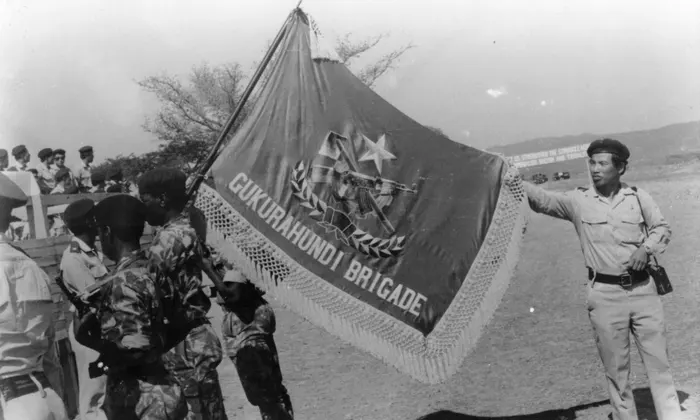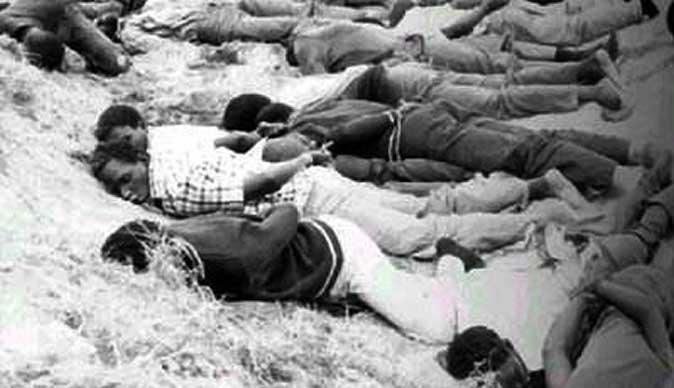
A genocide might be compared to an open wound. It might take time to heal or might not heal at all. And Africa has seen quite a few of them. And down here, some scholars insist, the tears, blood, and memories prevail many years later.
Gukurahundi is one genocide that has refused to go away, and for a good reason. The devastation was much, and people and families are still reeling from it all. This is one incident many people wish never happen. But life happened, and here we are.
This article tries to bring things into perspective, from the cause of the genocide to the victims and death toll, right down to the leaders. It might provoke bitter memories about the past. But then, from looking back at the past, we might be in a better position to avoid something similar. Let’s roll!
The Cause of the Gukurahundi Genocide
According to the Zimbabwean journalist, Nyarota, writing in his book Against the Grain: Memoirs of a Zimbabwean Newsman, Gukurahundi means “the early rain which washes away the chaff before the spring rains.”
The narratives on what caused the genocide have been mixed, with new details popping up now and then, some of which ascribed it to the imbecilities of the Zimbabwean African National Union-Patriotic Front (ZANU-PF) and former president Robert Mugabe.
From around 1982, Robert Mugabe’s Fifth Brigade waged a ferocious war against the Ndebele people in Matabeleland in western Zimbabwe. Multiple sources ascribed the massacre to explicit orders from then-prime minister Robert Mugabe.
He has never admitted to that, however. Until his death, his reactions to claims of his involvement in the massacre are either straight denial or obfuscation.
Victims
On a general note, a victim is a person who is harmed or somehow affected by an event or force or by the actions of others. The victims of the Gukurahundi Genocide, though, are mostly the Ndebele people of Matebele.
The victims are many. Some might be classified as direct (those who were somehow tortured, abused or killed in the pogrom), and some might be classified as indirect (those who, although not directly harmed by the depraved forces back then, continue to suffer from shame and psychological trauma from being either witnesses to what happened or hearing the same from parents and relatives.) Children carry the cross of victimhood too.
The psychoanalyst Ilany Kogan sums it this way: [children] feel “compelled to deal with the shame, rage, helplessness, and guilt that the parents have been unable to work through for themselves.” This, of course, makes them victims as well.
The reality is that although the genocide might have ended, transgenerational trauma persists, and the intervening years might see children born into victimhood and contending with the morbid realities of what had happened to their families in years past.
Death Toll
“One live taken in cold blood is as gruesome as the millions that may go down in a pogrom.” This was Newswatch editor-in-chief Dele Giwa writing in 1986, but the reference was not to the Gukurahundi Genocide. Still, it gives clues to the sanctity of human life and the vitality of preserving the same.
It may have been decades since the Gukurahundi Genocide. However, there is still no definitive number for the death toll. While there is no definitive number, scholarly sources have a conservative estimate of between 30,750–300,000 people.

That’s the physical death. Psychologically, some people are to this day emotionally walking dead – a potent reason to always seek the raptures of brother and embrace the blessedness of tolerance.
Leaders
In this case, there are the direct leaders and the indirect ones. Many scholarly articles point to the Fifth Brigade as having been responsible for the massacre. But then, as other sources pointed out, the brigade was acting on orders – allegedly given by Robert Mugabe.







